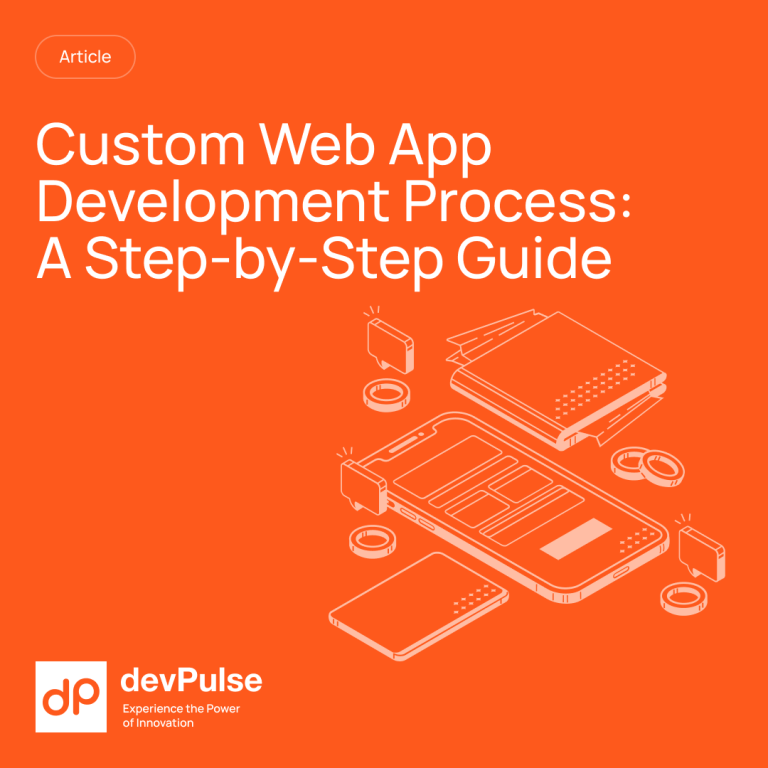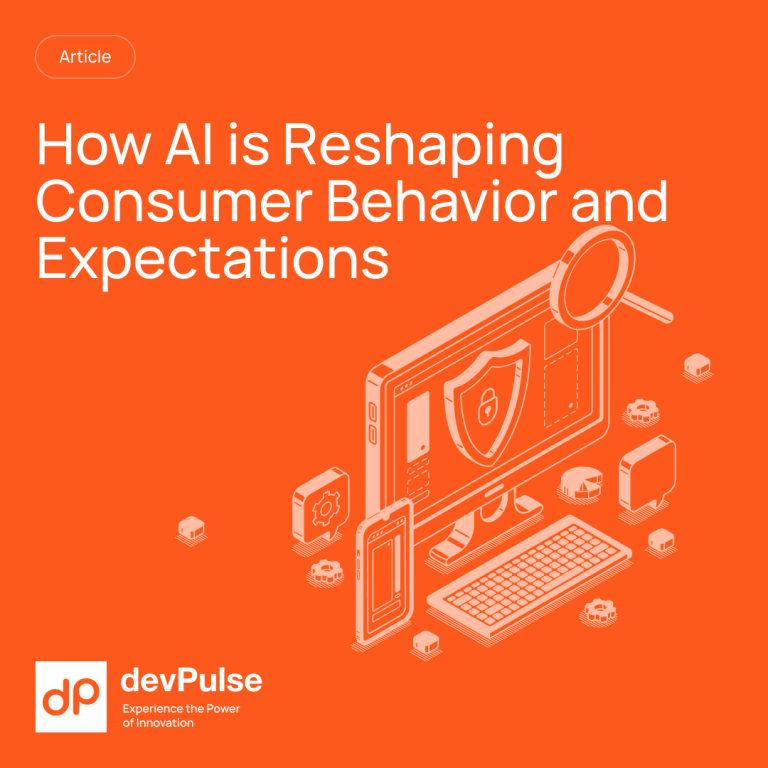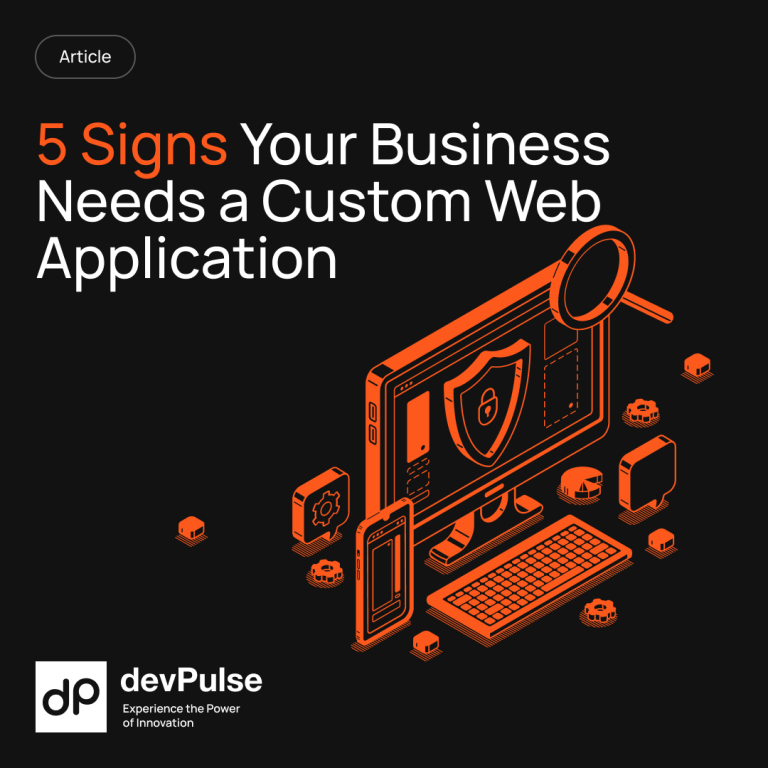We’re continuing with our exploration and digestible down-lows of Gartner 2024 trends. Today, we will discuss Trust, Risk, and Security in AI Models, or AI TRiSM for short.
We all love our ChatGeePeeTees, and I think it’s pretty difficult to imagine a future without most websites utilizing AI capabilities in some way.
But the current state of AI kinda reminds me of the Wild West era of the Internet, when everything was fair game.
With AI vendors continuing with their gaffes, such as the recent OpenAI’s attempt to steal Scarlett Johanson’s likeness for their gain, it seems we’re still in the infancy as far as AI safety and regulation goes…
So what I’m saying is that we’ll have two or three more big scandals before governments start taking it seriously.
Thus, as usual, let’s look at how’s and why’s of caring about AI safety.
As always, you can check out other articles from our Gartner series via links below:
- Machine Customers: How AI is Reshaping Consumer Behavior and Expectations – devPulse Blog
- AI-Augmented Development: Revolutionizing Software Development with AI – devPulse Blog
- Democratized Generative AI & How It’ll Change the World – devPulse Blog
- Augmented Connected Workforce: Revolutionizing Remote Collaboration in Web Development (Or Not?) – devPulse Blog
The Illusion of Explainable AI: Why AI Transparency Matters for Your Business
Many businesses believe AI models are inherently transparent, but this is often untrue. AI’s inner workings can be complex and opaque, creating “black box” models that make decisions without clear explanations. This lack of AI transparency poses significant risks for businesses.
Risks of Unexplainable AI Models
- Potential biases, errors, and unintended consequences
- Making critical business decisions based on an AI model that no one fully understands
- Results could lead to
- Financial losses
- Legal issues
- Damage to your brand’s reputation
Growing Demand for AI Transparency
- Customers, regulators, and other stakeholders are demanding greater transparency in AI systems
- They want to know:
- How decisions are made
- Whether they can trust the outcomes
- Businesses that fail to provide AI transparency risk losing the trust and loyalty of their customers
Prioritizing Explainable AI Models
To mitigate these AI risks, businesses must prioritize explainable AI models:
- Develop AI algorithms that can clearly articulate their decision-making process, inputs, and outputs
- Be transparent about the data used to train the AI models and the potential limitations or biases inherent in that data.
Investing in explainable AI:
- Mitigates risks
- Provides a competitive advantage
- Customers are more likely to trust and engage with transparent businesses
- Regulators are more likely to look favorably upon companies that prioritize AI explainability and accountability
The illusion of explainable AI is a trap that businesses cannot afford to fall into. AI transparency matters, and businesses prioritizing it will be better positioned to succeed in the AI-driven future.
Don’t let the lack of transparency in your AI models put your business at risk – invest in explainable AI today.
Generative AI: A Double-Edged Sword for Businesses
Generative AI tools like ChatGPT have taken the business world by storm, offering a range of potential benefits, from improved customer service to streamlined content creation. However, these tools also come with significant risks that businesses must carefully consider before adoption.
Benefits of Generative AI
- Saves time and resources: Automating customer inquiries, data analysis, and even software development
- Works around the clock: Providing instant responses and freeing up human employees to focus on higher-level tasks
- Improves efficiency, productivity, and profitability
Risks of Generative AI
Data Privacy and Security
Businesses using third-party generative AI tools may expose sensitive company data to external systems without proper safeguards. This can lead to:
- Data breaches
- Intellectual property theft
- Other security risks that can damage a company’s reputation and bottom line
Biased or Inaccurate Outputs
Generative AI models are only as good as the data on which they are trained. If that data contains biases or errors, the generated content may reflect those issues. This can lead to:
- Embarrassing or harmful business outcomes
- Generating offensive content
- Making incorrect decisions based on flawed data
Ethical Implications
As generative AI tools become more sophisticated, businesses must consider:
- Job displacement concerns
- Ownership and copyright questions of AI-generated content
Businesses that do not carefully navigate these ethical considerations risk backlash from employees, customers, and the wider public.
By carefully weighing the potential benefits and risks of generative AI, businesses can make informed decisions about incorporating these powerful tools into their operations while mitigating potential drawbacks.
The Third-Party AI Trap: Protecting Your Business’s Data and Reputation
Many businesses are turning to third-party AI tools and models in the rush to adopt AI. While these solutions can provide quick and easy access to powerful AI capabilities, they also come with significant risks that cannot be overlooked.
Risks of Third-Party AI
Data Breaches and Privacy Violations
- Trusting third-party vendors with sensitive company data
- Inadequate security measures or misuse of data by the vendor
- Consequences:
- Legal liability
- Financial losses
- Irreparable damage to your reputation
Lack of Transparency and Control
- Little insight into how the AI model works, what data it was trained on, or how it makes decisions
- Difficulty in identifying and mitigating potential biases or errors in the AI’s outputs
- Your business could be held responsible for AI’s mistakes or harmful content
Mitigating Third-Party AI Risks
- Thoroughly vet potential vendors
- Review their security and privacy policies
- Ensure they have a track record of responsible AI development
- Negotiate strict contracts that clearly define
- Data ownership
- Usage rights
- Liability in the event of a breach or error
Consider developing AI capabilities in-house for greater control over data, models, and outputs.
Prioritizing Data Privacy and Security
The key to avoiding the third-party AI trap is to prioritize data privacy and security at every stage of the AI adoption process:
- Take a cautious and strategic approach
- Harness the power of AI without putting data or reputation at risk
- Choose AI partners wisely
Don’t let the allure of quick and easy AI solutions blind you to the potential dangers – protect your business by prioritizing data privacy and security.
The Myth of Set-and-Forget AI: Why Continuous Monitoring is Essential
Many businesses think their work is done once an AI model is deployed. They assume the model will continue operating effectively without ongoing monitoring or maintenance. However, this “set-and-forget” approach to AI is a dangerous myth that can lead to severe problems.
Risks of the Set-and-Forget Approach
- AI models can drift over time, becoming less accurate or even biased as new data is introduced
- Issues can go undetected until they cause significant harm to the business or its customers
- Example: An AI-powered fraud detection system that becomes less effective over time could allow more fraudulent transactions to slip through, resulting in:
- Financial losses
- Damage to the company’s reputation
- AI models must be regularly updated and retrained to keep up with changing business needs and market conditions
- Businesses that fail to adapt their AI systems risk falling behind their competitors
Importance of Continuous AI Monitoring and Maintenance
- Regularly audit AI models for accuracy, bias, and performance
- Make necessary adjustments as needed
- Have clear processes in place for updating and retraining models as business requirements evolve
- Stay compliant with changing regulations and standards around AI use
- Proactive monitoring enables businesses to adapt and comply with new guidelines and requirements
Investing in Continuous AI Monitoring
Implementing continuous AI monitoring requires an investment of:
- Time
- Resources
- Expertise
Businesses may need to:
- Hire dedicated AI professionals
- Work with external consultants to develop effective monitoring and maintenance strategies
The long-term benefits of this investment far outweigh the costs. By ensuring that their AI systems remain accurate, unbiased, and compliant over time, businesses can maximize the value of their AI investments while minimizing the risks.
The myth of set-and-forget AI is a dangerous one that businesses cannot afford to believe. Continuous monitoring and maintenance are essential for any company that wants to leverage the power of AI responsibly and effectively.
Don’t let your AI models drift off course—invest in ongoing monitoring to stay ahead of the curve.
The Growing Threat of AI Attacks: Why Your Business Needs to Prioritize AI Security
As AI becomes more prevalent in business, the threat of AI-specific cyberattacks is growing rapidly. Hackers and malicious actors are developing increasingly sophisticated methods for exploiting vulnerabilities in AI systems, putting businesses at risk of data breaches, intellectual property theft, and other costly attacks.
Common Types of AI Attacks
1. Adversarial Machine Learning
- Attackers manipulate input data to fool AI models into making incorrect predictions or decisions
- Example: Modifying an image imperceptibly to humans but causing AI misclassification
- Potential consequences:
- Misdiagnosis in healthcare
- Autonomous vehicle crashes
2. Data Poisoning
- Attackers corrupt data used to train AI models
- Causes AI to learn incorrect patterns or behaviors
- This leads to biased or harmful decisions, damaging company reputation and bottom line
3. Traditional Cybersecurity Threats
- Malware, phishing, and denial-of-service attacks
- Impact on AI-reliant businesses:
- Prolonged downtime
- Financial losses
- Erosion of customer trust
Combating AI Security Threats
- Implement robust security controls:
- Access controls
- Encryption
- Monitoring for unusual activity
- Regularly test AI models for vulnerabilities
- Invest in ongoing security research to stay ahead of emerging threats
- Foster a culture of security awareness and responsibility among all employees interacting with AI systems
- Provide regular training on AI security best practices
- Emphasize the importance of vigilance and proactive risk management
As AI advances and becomes more integrated into business operations, the risks will only continue to grow. Businesses that fail to take AI security seriously risk becoming the next headline-grabbing victim of a significant data breach or cyberattack.
The Benefits of Prioritizing AI Security
- Mitigate risks
- Gain a competitive advantage
- Build trust and win new business from customers and partners looking for companies that prioritize security and privacy
AI attacks are a growing threat that businesses cannot afford to ignore. By making AI security a top priority and investing in the right tools, processes, and cultural practices, companies can reap the benefits of AI without putting their data, intellectual property, or reputation at risk.
As businesses increasingly look to integrate AI capabilities into web applications, these challenges become more pressing. Ensuring trust, managing risk, and maintaining security in AI-powered web apps requires specialized expertise and a deep understanding of the unique considerations surrounding AI development.
When building custom web apps with AI features, working with a development team that prioritizes AI safety and security from the ground up is crucial. This means:
- Designing AI models with transparency and explainability in mind
- Implementing robust data privacy and security controls
- Conducting thorough testing and monitoring to identify and mitigate potential biases or vulnerabilities
- Staying up-to-date with the latest best practices and regulations in AI development
However, not all businesses have the in-house expertise or resources to navigate these challenges effectively. Partnering with a professional web app development team can make all the difference.
By working with experienced AI developers who specialize in building secure, trustworthy, and compliant AI solutions, businesses can accelerate their AI adoption while minimizing the risks. A skilled development team can help you:
- Identify the right AI use cases and models for your specific business needs
- Design and implement AI features that align with your brand values and customer expectations
- Ensure that your AI-powered web app meets the highest standards of security, privacy, and ethical use
- Provide ongoing monitoring, maintenance, and updates to keep your AI models performing optimally over time
If you’re considering integrating AI capabilities into your custom web application, don’t go it alone. Partnering with a professional web app development team specializing in AI safety and security can help you navigate the complex world of AI Trism with confidence and peace of mind.
Concluding Thoughts on AI Trism
From generative AI and explainable AI to third-party AI risks and the growing threat of AI attacks, businesses must navigate a rapidly evolving landscape fraught with potential pitfalls and uncertainties.
By proactively addressing these challenges and investing in the right strategies, tools, and partnerships, businesses can position themselves for success in the AI-driven future.
Is Gartner’s AI Trism Trend for 2024 Accurate?
The ongoing development of new AI technologies like generative AI and the increasing sophistication of AI-specific cybersecurity threats suggest that AI Trism will remain a critical concern for businesses beyond 2024. As such, Gartner’s emphasis on this trend is timely and prescient.
Ultimately, businesses that prioritize AI Trism and take a proactive, strategic approach to addressing these challenges will be best positioned to reap the benefits of AI while minimizing the risks. By staying ahead of the curve and investing in the right solutions and partnerships, companies can build a foundation of trust, resilience, and security that will serve them well in the AI-powered future.



